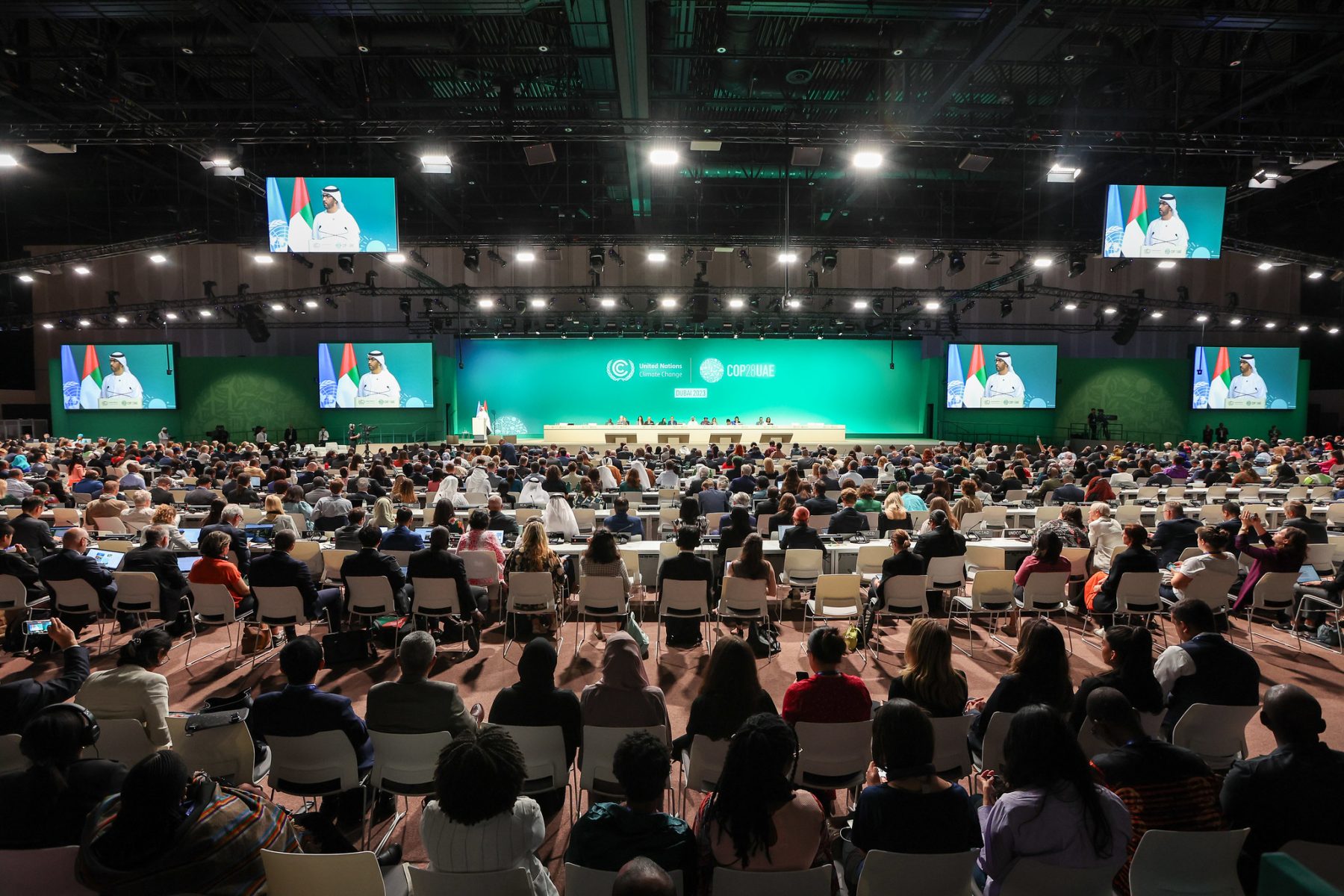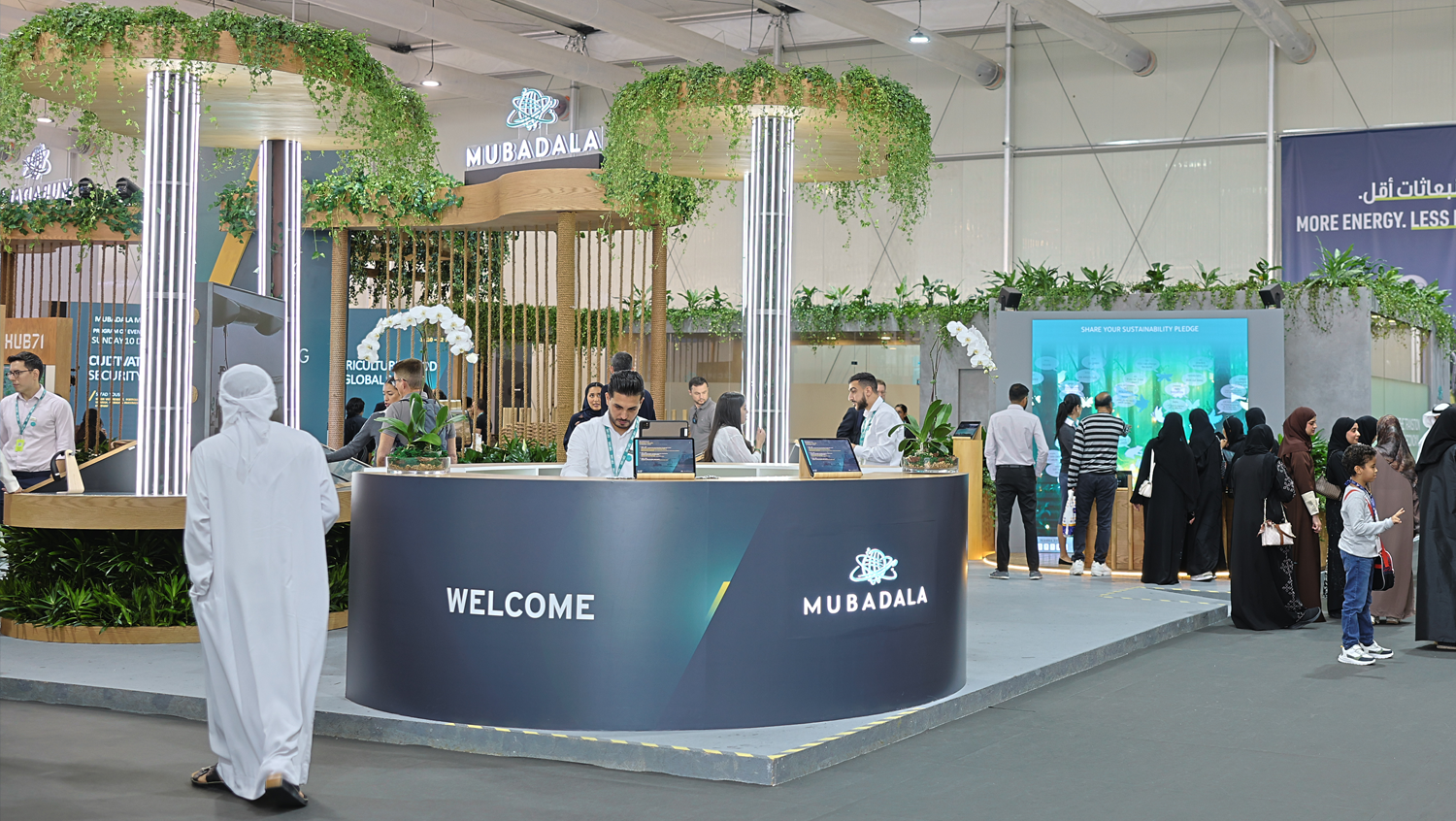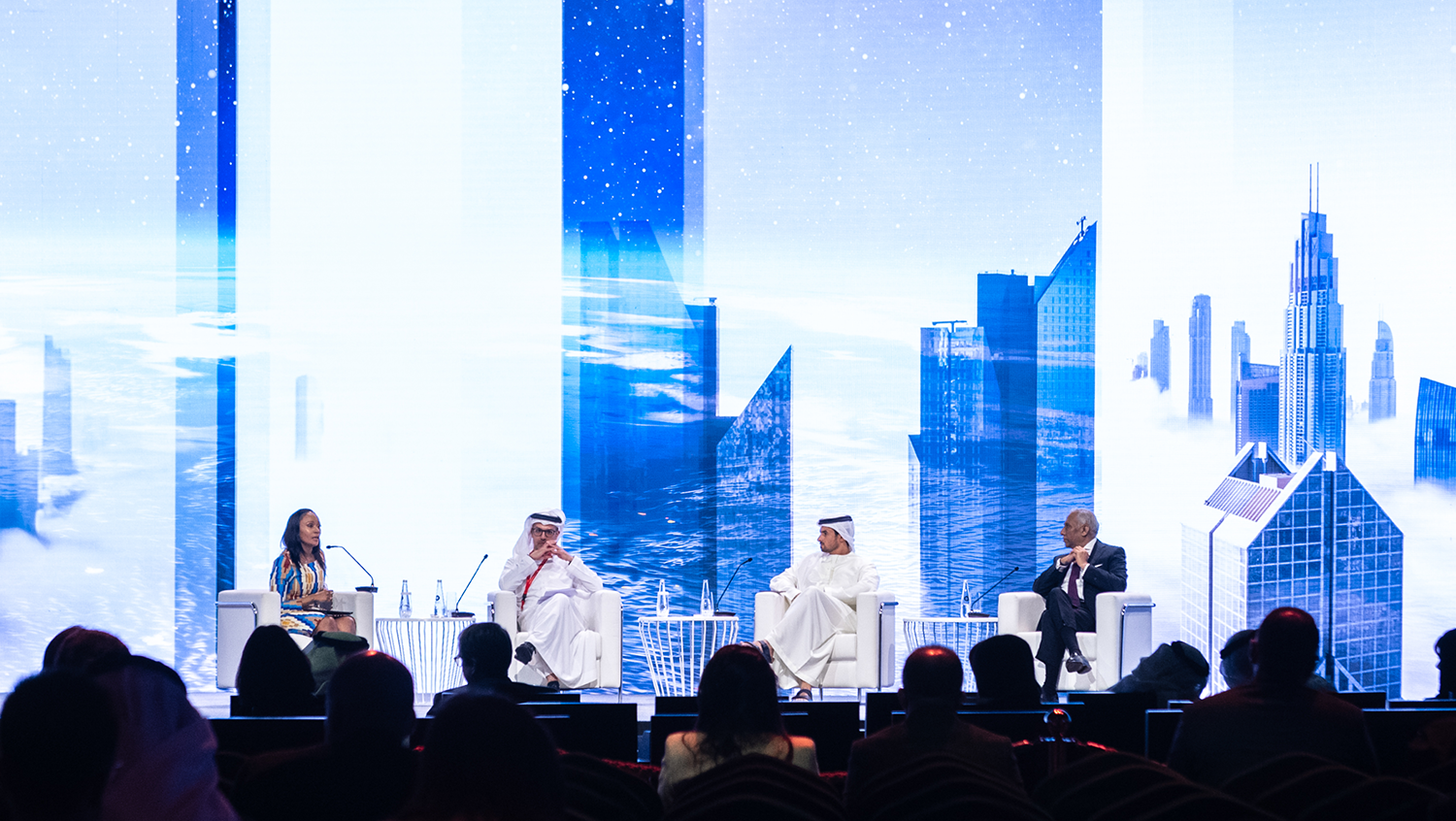Talking sustainability – and how to put the green into live events
Identity was recently awarded Sustainability Pioneer of the Year at the Conference News Agency Awards. It impressed the judges with the way its events are produced and delivered to super-charge the route to net zero. The R&D of its sustainability tracker app, its ‘nothing to landfill’ policy and impressive social value commitments are just some of the ways Identity puts sustainability at the heart of its event planning.
The events industry isn’t traditionally one that had this type of focus on sustainability. Identity knows it’s critical to the future of the events sector and saw the need for change. Yet a question we often get asked is: who should lead this change?
- Should it be the primary business or government stakeholder funding the event?
- Should it be the event organiser responsible for sourcing everything from location to energy?
- Or is there a combined way where everyone involved can make decisions based on a detailed understanding of the environmental impact involved?
The answer, as far as experience teaches, is that collaboration always wins through. Which therefore raises two additional questions: why and how?
Talking value
Let’s first tackle the why. Now obviously the primary value behind running any event is its ability to provide a platform for conversation – with the outcomes measured in terms of audience numbers, experience, and overall engagement.
Then there’s the benefits delivered to the communities and wider regions hosting the event. Traditionally, these have focused almost exclusively on the economic and reputational advantages on offer:
- An influx of visitors into the host city offers a significant boost to the local hospitality sector
- The event itself offers a range of short-term contracts (developing/shaping the venue) and employment opportunities (staffing it)
- The host city can also benefit by association with a good cause, or promote itself as a key hub on the global events circuit

Talking sustainability
Event management however can also be viewed through a more critical lens. Particularly when it comes to the environmental impact of hosting an event. Commentators for example can focus in on:
- The construction of a venue, and the carbon footprint thus created (including energy demand, water usage etc.)
- The emissions generated by people travelling to and from the event (by road, rail, air, and sea)
- Post-event activity, including the amount of actual recycling planned and achieved
Here we get to the crux of the ‘why’ behind effective collaboration. Because only with access to expert insight and guidance, can organizations strive to deliver an event that blends a commitment to sustainability with a more pioneering human experience – while also delivering an extra layer of authenticity and meaning in the process. A goal that’s ultimately based on choice, and understanding the carbon footprint associated with different aspects of an event – alongside the options open to organisations for minimising them.
Talking results
A good example of this was the 26th UN Climate Change Conference (COP26), run by Identity in 2021. Throughout the planning and build phases of the event, we worked hand in glove with the client to carefully assess both the impact and output of its physical aspect. “Reduce and reuse” was our collective mantra, and it led to some stunning results:
- During COP26 we managed to save:
- 195,000kg of CO2e during the event, the same amount as produced by a car over 43 years!
- 15,000 m2 of carpet from landfill, the equivalent of two football pitches
- Over £342,000 worth of recycled items, which were then donated to local charities after the event

Talking insight
Mentioning the results of COP26 brings us finally to the ‘how?’ It’s the biggest question of all, due to the fact that why most organisations are actively looking to ‘dial up their green’ but are unsure as to where to direct their efforts.
As previously mentioned, this is where experienced advice and more sustainable options are badly needed.
First however, you need the data. Accurate numbers that provide a trusted view of what carbon emissions are being generated, and where. Insight that’s made possible by Identity’s Tracker+ application. With it, you can access an array of specialist tools for turning complex sustainability data into detailed reports across topics ranging from water and waste, to materials and event supplies.
Data that:
- Is supported by automated capabilities (including email notifications) for helping gather it all together
- Incorporates common building sustainability assessment schemes such as LEED, BREEAM, and Green Star
- Is turned into live scoring to provide credits (awarded, targeted etc.) to guide your team
With Tracker+ we can help you create a multi-dimensional view of the carbon footprint associated with each event. What’s more, by highlighting areas of concern (for example, the amount of carpet planned), Identity has the experience and know-how to recommend more sustainable solutions.
Summing it all up
With a commitment to running greener events comes a potential headache for organisers to actually make it happen. Yet at Identity, we’ve already demonstrated on the world’s biggest stages our ability to run highly sustainable events that benefit organisers, local businesses, and most definitely local communities.
To us, it’s about treating sustainability as a core initiating principle, rather than a box to be ticked for compliance purposes alone. But more than this, and as COP26 has shown, it’s also about using sustainability as an inspiration, powerful enough to build profoundly deep human connections.
Identity, whose clients also include Unilever, Netflix, New Balance, Rolls Royce and Cisco hopes to share these hard won sustainability gains with even more great clients over the coming months. It’s something we care passionately about, and if you’re looking for an event’s partner able to walk the walk rather than simply talking the talk, then we’d love to hear from you. You can get in touch here.









